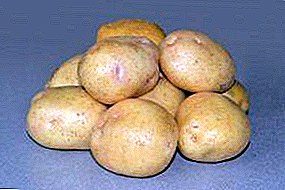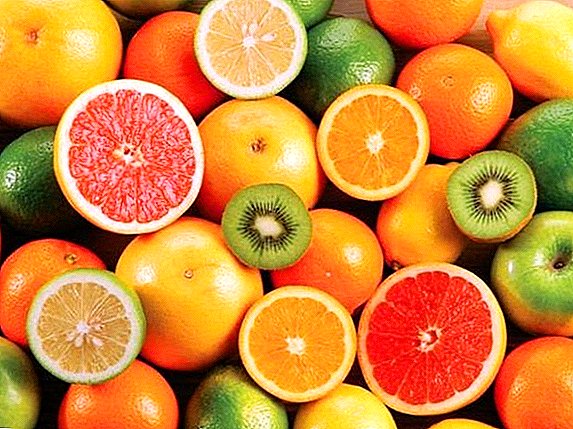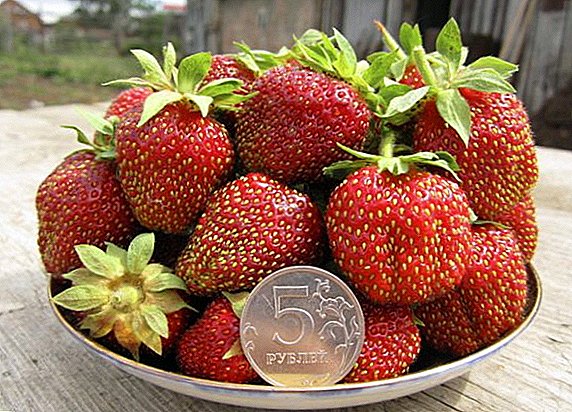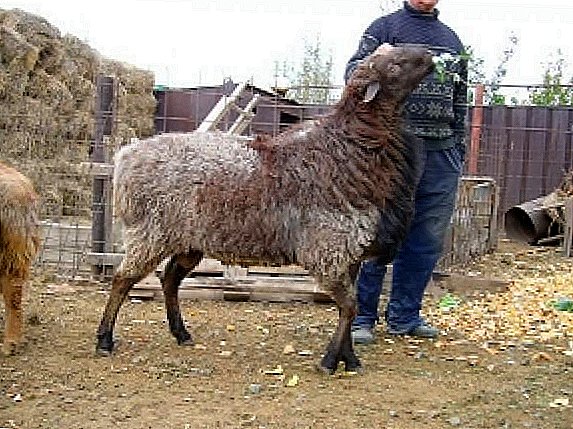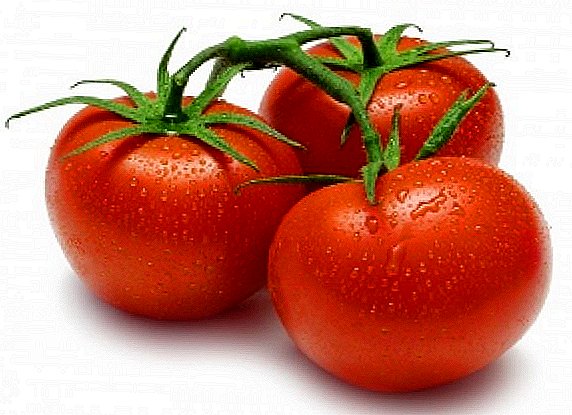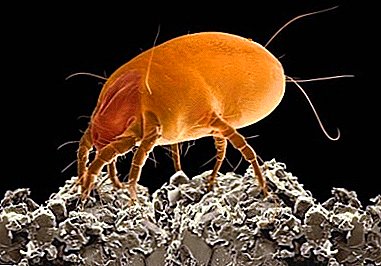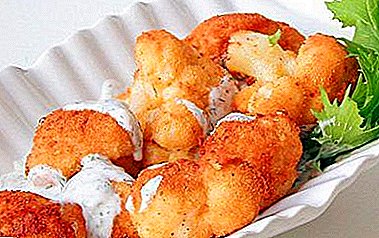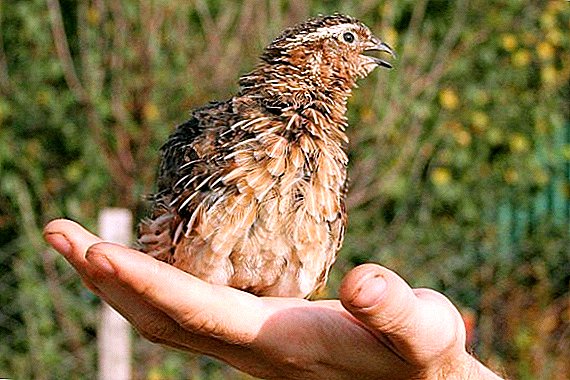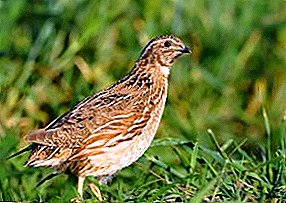 Quails belong to omnivorous poultry. They will be happy to eat both dry food and natural wet mashes. They will not refuse to eat and the insect running past. Given this omnivorous birds, many poultry farmers are thinking about whether to give preference to special food, the use of which is spoken by veterinarians, over natural food. In this we try to understand our article.
Quails belong to omnivorous poultry. They will be happy to eat both dry food and natural wet mashes. They will not refuse to eat and the insect running past. Given this omnivorous birds, many poultry farmers are thinking about whether to give preference to special food, the use of which is spoken by veterinarians, over natural food. In this we try to understand our article.
Purchased or natural: advantages and disadvantages
It is very convenient to feed the poultry ready feed. By choosing a complete product, you can provide the bird with all the necessary nutrients. Such a balanced diet will allow you to achieve maximum egg production and quick weight gain. But good feed can be prepared independently.  What kind of food to give preference? Consider the pros and cons of both.
What kind of food to give preference? Consider the pros and cons of both.
The advantages of purchasing and self-made compound feed are common:
- using such food, the quail gets all the necessary substances for growth and development;
- feeding poultry feed, you significantly save time spent on cooking (especially if the feed purchased).
For full growth quails need proper, balanced diet. Read about the rules of feeding quail at home.
Disadvantages of a homemade product:
- difficult to find high-quality components;
- it is impossible to prepare mixtures for future use (they may deteriorate)
- there is no way to make it granular, so the bird will not be able to get all the nutrients from food.
 Disadvantages of purchased feed:
Disadvantages of purchased feed:- you need to constantly monitor the stocks of the product: if the feed is finished and the new one is not available, then switching to another food can negatively affect the health of the quail;
- it is difficult to adjust the diet in unforeseen situations (for example, during illness);
- the price of high quality feed will be considerable.
Did you know? For breeding usually use Japanese quail, but not ordinary. Their other name is dumb. Of course, these birds are not quite silent, but simply make quieter and softer sounds than their relatives.
As you can see, the advantages of feed for poultry are obvious. Although in this matter every poultry farmer must understand independently. 
What is usually included in the feed
Industrial feed can be divided into several types:
- PC-1. They can feed birds of any age. Its basis is corn and wheat. Additives are: barley, bone meal, animal fats, salt, chalk.
- PC-2-1. The basis is similar to the previous feed, but contains much more protein. Of the minerals are salt and limestone.
- PC-5. Product for young. 60% of the feed is wheat and corn, 35% is salt, lysine, chalk.
These types of feed are intended for young animals. Below are listed feed for adult livestock birds:
- PC-2-2. Its composition is similar to PC-2-1, but with different proportions of grain and protein. It is recommended to enter into the diet from one month of age.
- PC-3, PC-6, PC-4. Consist of 60% cereal and 30% protein. In addition, they contain chalk, salt, phosphates. PC-4 also includes bran.


 Consider the benefits of each component of poultry feed:
Consider the benefits of each component of poultry feed:
- cereals: energy sources rich in proteins, vitamins and minerals, fiber;
- bone flour: source of proteins, minerals;
- a piece of chalk: helps the small intestines work better;
- salt: an important mineral in the diet of any living organism;
- cake: source of fat, lysine, vitamins of group B, E;
- lysine: necessary for growth;
- methionine: an essential amino acid;
- threonine: amino acid involved in the metabolism of proteins and fats.
Consider the most popular breeds of quail: Texas, Japanese, Pharaoh, Chinese painted, Manchurian golden and Estonian.
What feed feed quail: an overview
Purina (for productive birds). Entered into the diet since the start of laying eggs. For one individual, 22-27 g of feed is needed per day.
Composition:
- wheat;
- barley;
- corn;
- sunflower meal;
- raw materials of animal origin;
- vegetable oil;
- limestone flour;
- antioxidant;
- phosphates;
- salt;
- soda;
- vitamins;
- minerals;
- amino acids;
- enzymes.
 Such food helps to gain the necessary weight to the quail, provides for the formation of durable eggshell, increases the productivity of the hen and improves the feather cover.
Such food helps to gain the necessary weight to the quail, provides for the formation of durable eggshell, increases the productivity of the hen and improves the feather cover.DK-52 (for birds older than 7 weeks).
Composition:
- wheat;
- sunflower meal;
- soy toasted;
- corn;
- soybean meal;
- limestone flour;
- corn gluten;
- fish meal;
- monocalcium phosphate;
- lysine;
- salt;
- methionine.
 Premix "Sun". Vitamin and mineral supplement for chicks. Increases growth and development, strengthens the immune system, leads to normal metabolic processes, protects against the development of rickets, dystrophy, beriberi nestlings.
Premix "Sun". Vitamin and mineral supplement for chicks. Increases growth and development, strengthens the immune system, leads to normal metabolic processes, protects against the development of rickets, dystrophy, beriberi nestlings.Its composition is:
- iron;
- copper;
- zinc;
- manganese;
- cobalt;
- iodine;
- selenium;
- vitamins (A, D3, E, K, B1, B2, B3, B4, B5, B12, H, C);
- antioxidants;
- filler.
 Feed "Kalinka". Source of energy, proteins, amino acids, micro-and macro.
Feed "Kalinka". Source of energy, proteins, amino acids, micro-and macro.Contains:
- corn;
- wheat;
- soybean cake;
- sunflower meal;
- soybean oil;
- enzymes;
- limestone;
- salt;
- monocalcium phosphate;
- vitamin and mineral mixture;
- coccidiostatic.
Did you know? In 1990, a brood of Japanese quail chicks was successfully obtained at the Mir space station.
There are several types: for the young, for quails. There are also concentrates (PMVS). For laying quails, the daily dose of feed should be 22-28 g. It is given to birds that have reached 10-14 weeks of age. 
Features of the preparation of natural feed
Compound feed or combined feed is a homogeneous mixture of purified, ground, specially selected feeds and sources of proteins, vitamins, minerals, prepared according to special technologies and suitable for feeding domestic animals. According to the production technology, the mixture should be crushed to a certain particle size and homogeneous.
You, for sure, will be useful to learn how to properly prepare feed for pets, and in particular for chickens (broilers) and ducks.
These indicators can not be achieved by preparing feed at home. If the mixture is not homogeneous and pressed into small granules, the quail will not receive all the necessary components for normal development with food. So the diet of her food will not be sufficiently balanced.
In addition, the feed should be a certain grinding, as the quail is a small bird, and it will be difficult for it to swallow large pieces of food. Of course, if you get a good grinder, you can try to prepare nutritious food at home. 
For young
Food for quail 1-4 weeks old contains:
- corn (40%);
- wheat (8.6%);
- soy meal (35%);
- fish meal (5%);
- meat and bone meal (3%);
- dry reverse (3%);
- fodder yeast (2%);
- grass meal (1%);
- crushed chalk and coquina (1%);
- premix P5-1 (1%);
- salt (0.4%).
 Cooking:
Cooking:
- We clean the grain and grind well.
- In the mixture add all the remaining components, except salt. Stir well.
- Add salt and mix everything again.
- corn - 43%;
- wheat - 25%;
- sunflower meal - 10%;
- wheat bran - 5%;
- fish meal - 5%;
- meat and bone meal - 3%;
- fodder yeast - 3%;
- grass meal - 3.5%;
- crushed chalk and shell rock - 1%;
- premix P6-1 - 1%;
- salts - 0.5%.
 The cooking method is similar to the previous one.
The cooking method is similar to the previous one.There is another recipe. Have to take:
- 1 kg of wheat;
- 400 grams of corn;
- 100 g of barley;
- 0.5 tsp. vegetable oil;
- 0.5 tsp. bone meal;
- 0.5 tsp. salt.
 Cooking:
Cooking:
- Cereals are cleaned and milled.
- In the mixture add bone meal and butter. All mix.
- Add salt and mix again.
Important! If you want to prepare a mixture so that it is enough for the entire livestock, multiply the volume of each component of the feed by the number of heads.Do not forget that if you feed the bird with dry food, then there should always be a container with fresh water near it.
For adults
To prepare food for quail at the age of 7 weeks and older, you will need:
- corn (41%);
- wheat (16%);
- sunflower meal (20%);
- soybean meal (20%)
- wheat bran (5%);
- fish meal (5%);
- meat and bone meal (4%);
- feed yeast (4%);
- herbal flour (2.5%);
- crushed coquina and chalk (1%);
- premix P1-1 (1%);
- salt (0.6%).
 The method of preparation is similar to that described above. This type of feed can feed and quails.
The method of preparation is similar to that described above. This type of feed can feed and quails.If you plan to breed quail, you need to take care of the comfort of birds. Familiarize yourself with the step-by-step instructions for making a barn for quails with your own hands, and also learn how to make feeders for quails.
There is another recipe:
- 700 grams of corn;
- 400 g of wheat;
- 100 g dry peas;
- 1 tsp vegetable oil;
- 1 tbsp. l salts;
- 1 tbsp. l chalk and shell rock (crushed).
 Cooking:
Cooking:
- Cereals are cleaned and milled.
- Add oil, salt, chalk, coquina.
- All mix.
This feed can be given dry or wet (with the addition of water).
Important! If you are preparing a wet feed or mash, their temperature should not be lower than the air temperature in the room so that the bird does not overcool.
What can be fed quail except feed
Quail menu should also include products of plant and animal origin:
- Corn. In its daily ration it must contain at least 40%. This is a very high energy culture. Contains starch and carbohydrates.
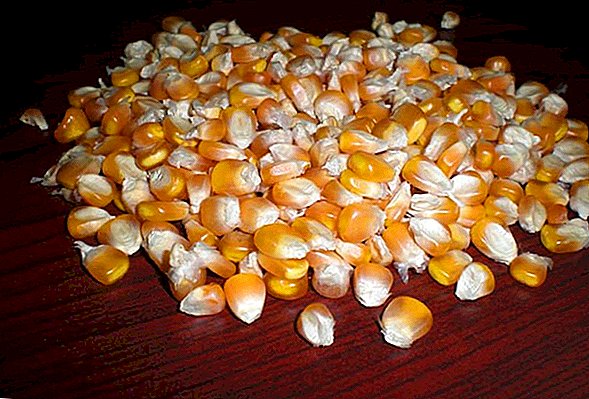
- Oats. Source of vitamins of group B. Before you give quails this grass, it must be cleaned, because the shell is too hard for the bird's stomach.
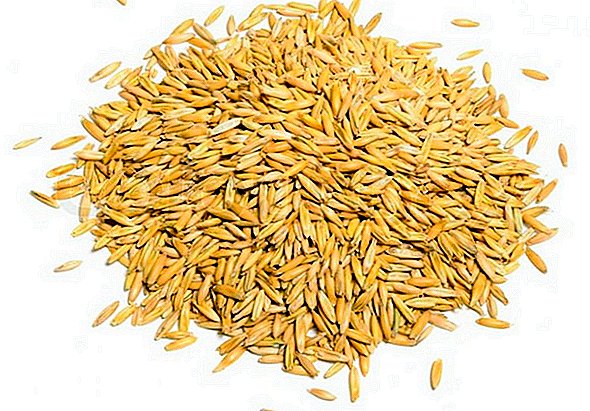
- Wheat. Needs pre-cleaning. Is the basis in the diet of birds.
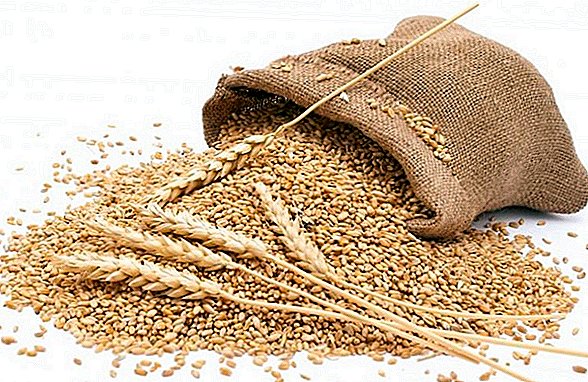
- Legumes (soybeans, peas, lentils). Sources of amino acids, proteins and fats of plant origin.

- Fig. High energy product that increases egg production.
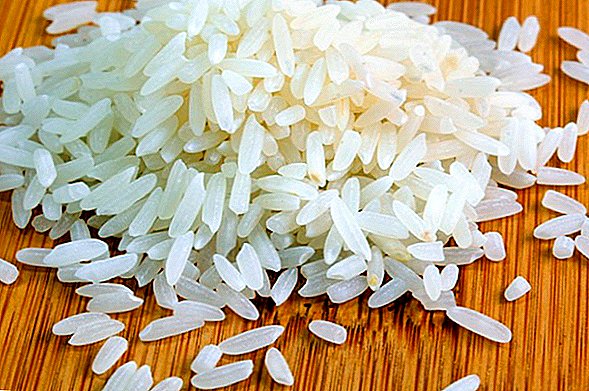
- Meal, cake. Rich in vitamins B, E, lysine, amino acids.
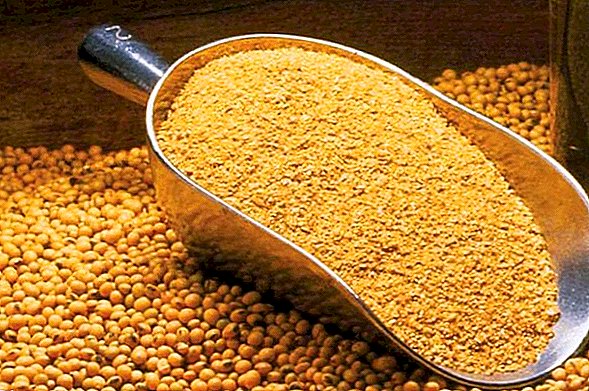
- Beet. Allows the bird to get the required amount of glucose, vitamins B, C.

- Cabbage. Rich in vitamins C, A, B, amino acids. Vegetable also reduces the likelihood of snapping eggs.
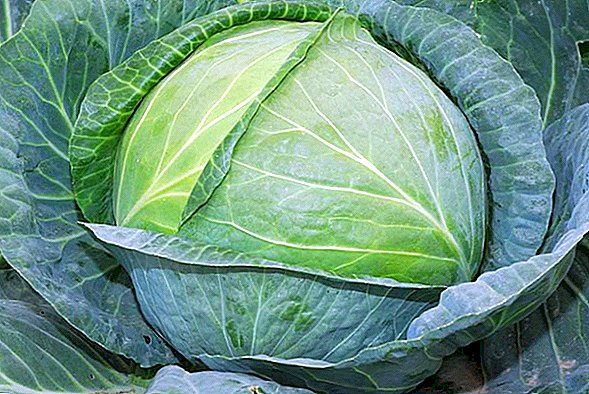
- Carrot. Contains carotene, vitamins A, B, B2.

- Greens (clover, nettle, dandelion, alfalfa, onion). Without it, it is impossible to create a complete bird diet.
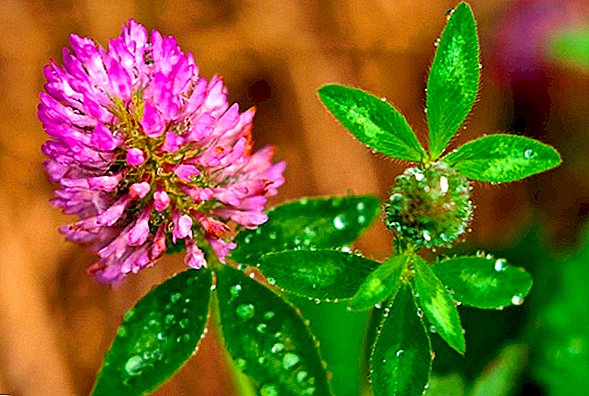
- Feed chalk. Source of calcium.

- Salt. Source of sodium and chlorine.

- Cockleshell. Helps the bird to digest food.
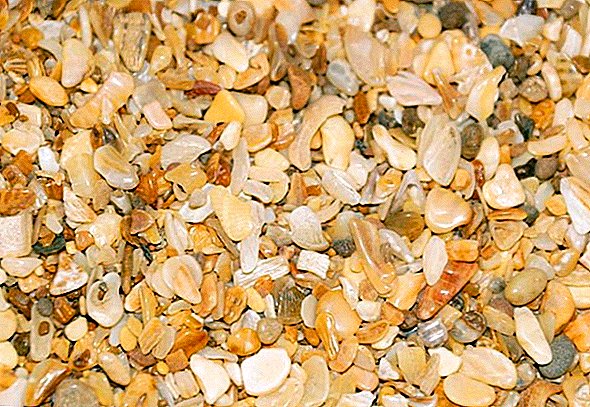
- Eggshell. It can be used as a temporary feeding during the laying of eggs.
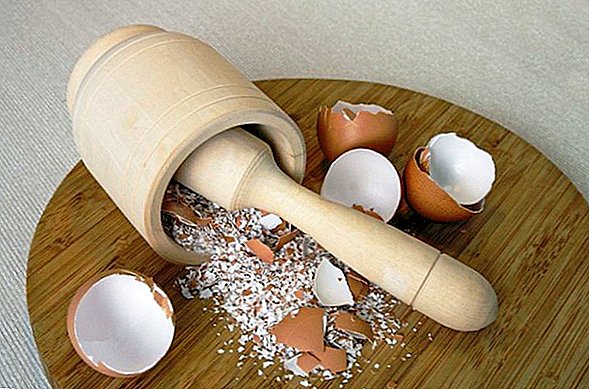
- Yeast. They contain vitamin B, nicotinic, pantothenic acid. Their protein is more easily absorbed by quails than vegetable.
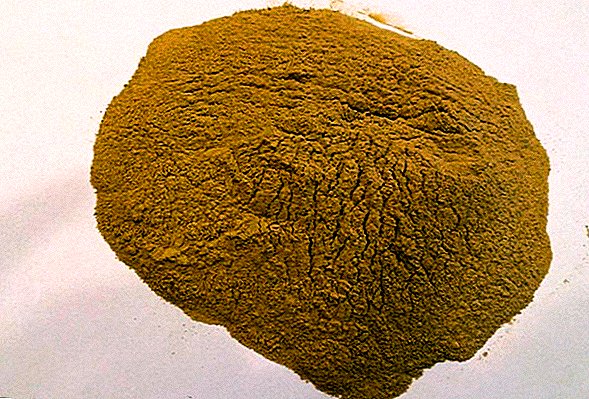
- Cottage cheese, sour milk, eggs. Sources of easily digestible protein.

Poultry breeders should read about the rules of keeping quails at home, as well as learn how to keep quail in winter.
Feed quail, as we see, is easy. The main thing: to make a diet correctly so that the bird is healthy and gains weight well. Then her breeding will be profitable.


















